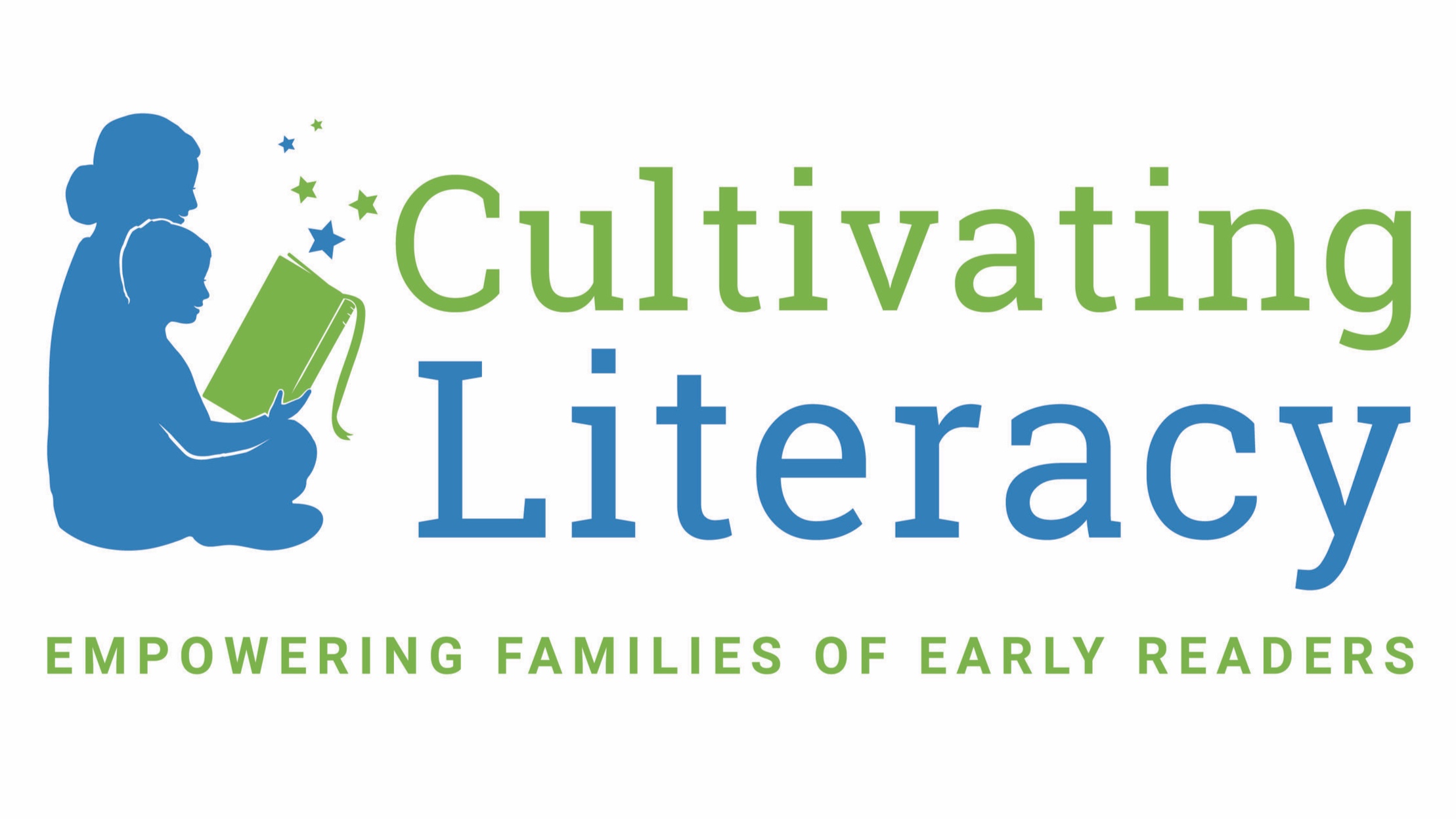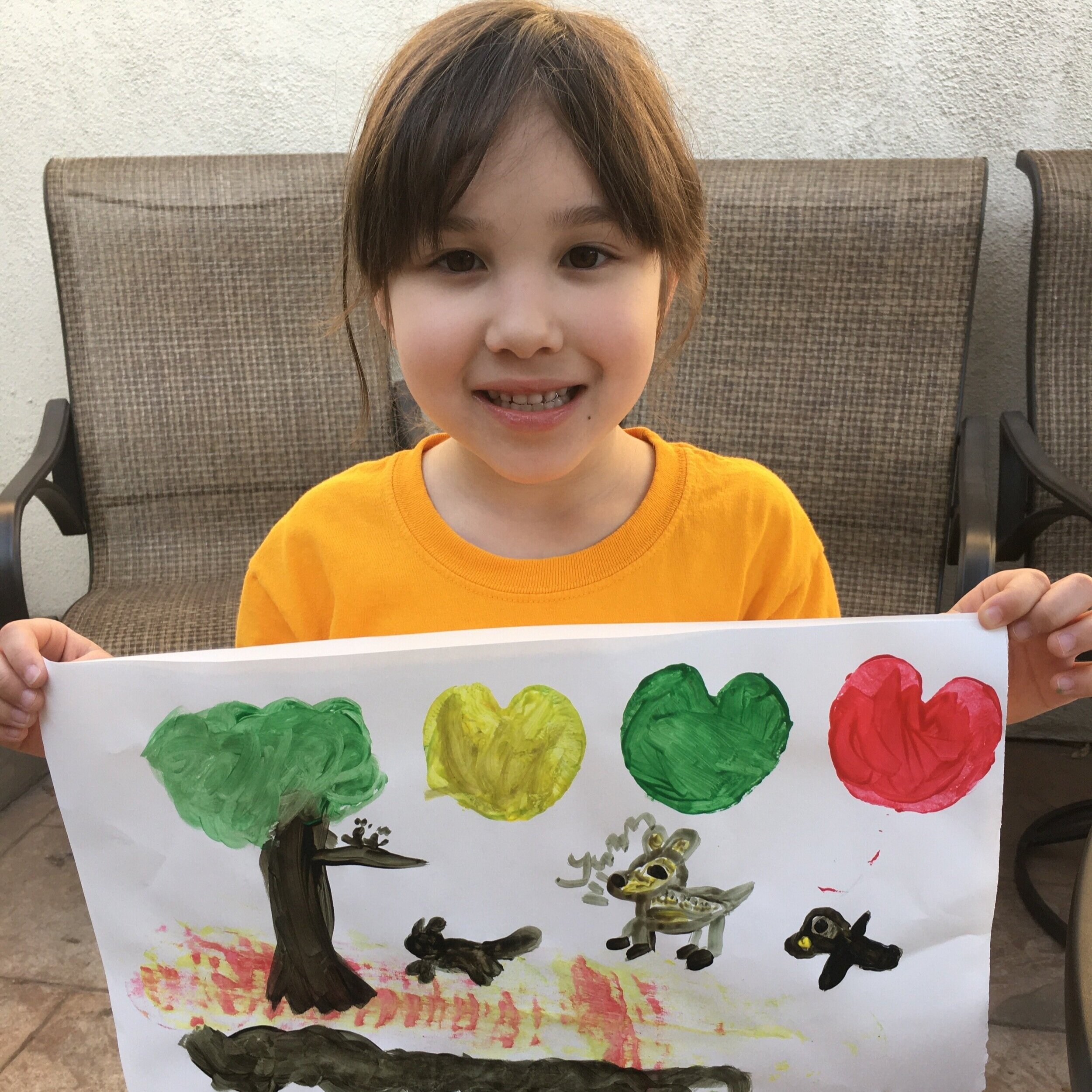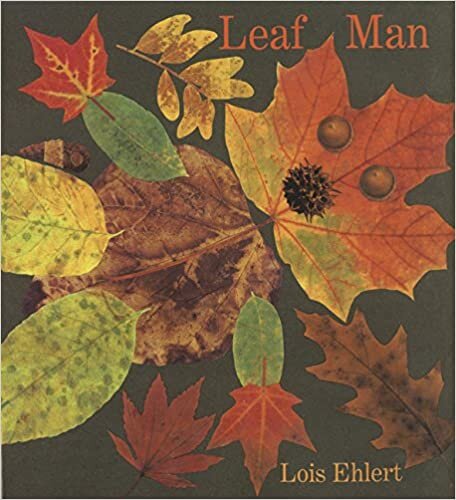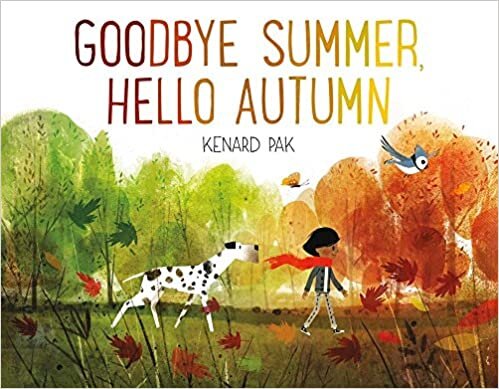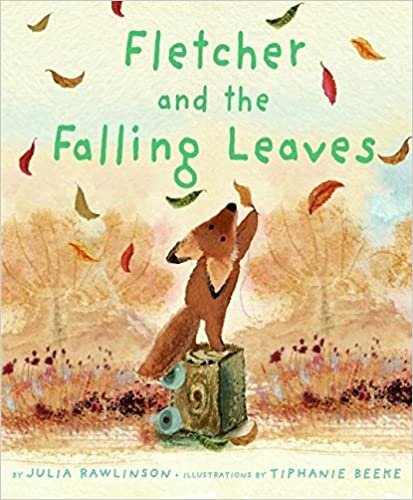Themed Storytimes
Using a theme is one way to help choose a story for storytime and engage your child in learning as well as their interests.
A theme is what a story is generally about and why it was written. A story can have more than one theme. For example, the story Brown Bear, Brown Bear by Bill Martin, Jr is about colors and animals. Using a theme helps provide you with structure when choosing a book to read aloud to your child. It also provides the opportunity to teach theme-based vocabulary and to have conversations about the story being read. There are other ways to choose stories such as spontaneity, interests, teachable moments, etc. This is just one way and is by no means the only way you should choose a read-aloud for storytime.
Reading aloud not only promotes a love for reading but it also strengthens a child’s oral language foundations and increases their vocabulary. Choosing a theme and reading books based on that theme can increase your child’s vocabulary and can help promote conversations.
When choosing a theme, think about the time of year and what is relevant. If your child is younger, it may be really purposeful to study the seasons. There are also many important social-emotional themes such as kindness and listening. It can be fun and purposeful to check out what your child is learning in class or what your local library is promoting. Check out your child’s school newsletter, and your local library’s advertisement to see what themes they are studying and reflect on whether or not you’d like to incorporate those themes into your family storytime. It’s also important to consider your child’s interest level. Your child’s interest level is a great motivator for engaging in storytime and learning. If you feel like your child might not be as interested in a particular theme, that is something to consider; however, there are ways to help increase their interest such as art, nature, and using other forms of media such as audiobooks and animated read alouds.
Choosing books for storytime based on a theme can be a fun way to teach your child new vocabulary, engage them in conversation about the story, and increase their interest in an area.
Steps to identify a theme and choose stories
First, identify the theme you would like to read about and choose several books related to that theme. Checkout this list of themes and books created by Reading Rockets to get some ideas! Next, before reading a book that you’ve chosen, take a peek, and see what words and ideas might be valuable to introduce to your child.
Then, briefly introduce the theme to your child and ask them a few questions about what they already know about the theme. For example, “We are going to read some books about fall. What do you know about fall? Let’s look outside and see!”
During the reading, pause and point out a few vocabulary words or ideas that support the theme. For example, when reading the story, Leaf Man by Lois Ehlert, which is about leaves in the fall, you might introduce the words leaves, pumpkins, migrate, and wind.
Later, you might read another fall-themed book such as the book Goodbye Summer, Hello Autumn by Kenard Park. This story is also about fall, which provides the opportunity to build upon what you have already taught your child. For example, you might introduce the words: cool, drizzle, and reinforce a word you already taught for example migration. Reading books with the same theme provides you with the opportunity to introduce new words and reinforce those already taught. It also provides the opportunity to engage in conversations about the theme and how it relates to the real-world.
Ways to engage your child in learning more about a theme!
Get your child to connect the theme with real-life! You can make learning about a particular theme relevant and fun by asking your child what they already know about the chosen theme and then relating it to something they have seen in their own environment. Children enjoy showing what they know and enjoy opportunities to connect the elements in a story with real life. For example, when reading the story, Leaf Man by Lois Ehlert, you might ask your child what they know about leaves. Then, extend the question by asking them to find a leaf outside. Actively involving nature can also make learning engaging and fun. After the child has found a leaf, open up the story, and tell your child to hunt for similar leaves in the story illustrations.
Art is always a great way to actively involve your child in the reading. Art is a creative process and causes children to reflect on what they would like to create. Connecting art with stories gives your child the chance to actively engage in what they have learned from the story. For example, when reading the fall-themed story, the Apple Pie Tree by Zoe Hall, you might have your child use apples to create fall art. Encourage them to use fall colors or to recreate what an apple tree looks like in early fall. As your child creates their art, pause and ask them questions about their work. For example, what colors did you choose and why? What are you creating? As you watch them create, see if you can relate it back to the story.
Animated storytime videos or audio books are fun resources to enhance learning! It is not suggested that you would replace reading a story with these resources, but they are a great add-on. When listening to an audio book together, you and your child will imagine what the author is portraying. Actively imagining a story together can be a fun way to engage in the learning process. GetEpic is a great resource for children’s audio books. For example, they currently offer the audio book, Fletcher and the Fall Leaves by Julia Rawlinson. You and your child can listen together and imagine the fall leaves as they fall. Animated read aloud videos can be another fun addition to learning. These videos provide a playfulness and show the story in action. It can be fun to watch an animated story and then read the book together or vice versa. Storyline Online provides free animated stories with a variety of themes of popular children’s books.
Themed Book Lists:
Check-out these fall-themed books: Leaf Man by Lois Ehlert, Goodbye Summer, Hello Autumn by Kenard Park, Fletcher and the Fall Leaves by Julia Rawlinson
Take a look at this fun Halloween/ Pumpkin Themed Books by Reading Rockets!
Check out this list by Reading Rockets about themes and books related to those themes. Reading Rocket’s List of Books by Theme
